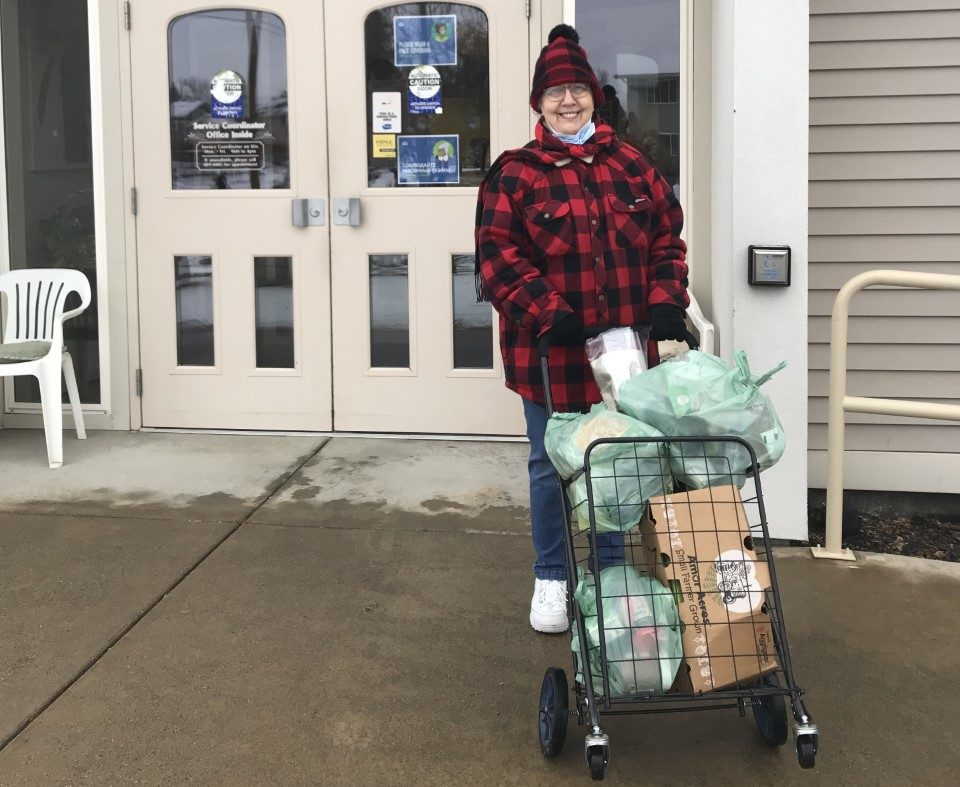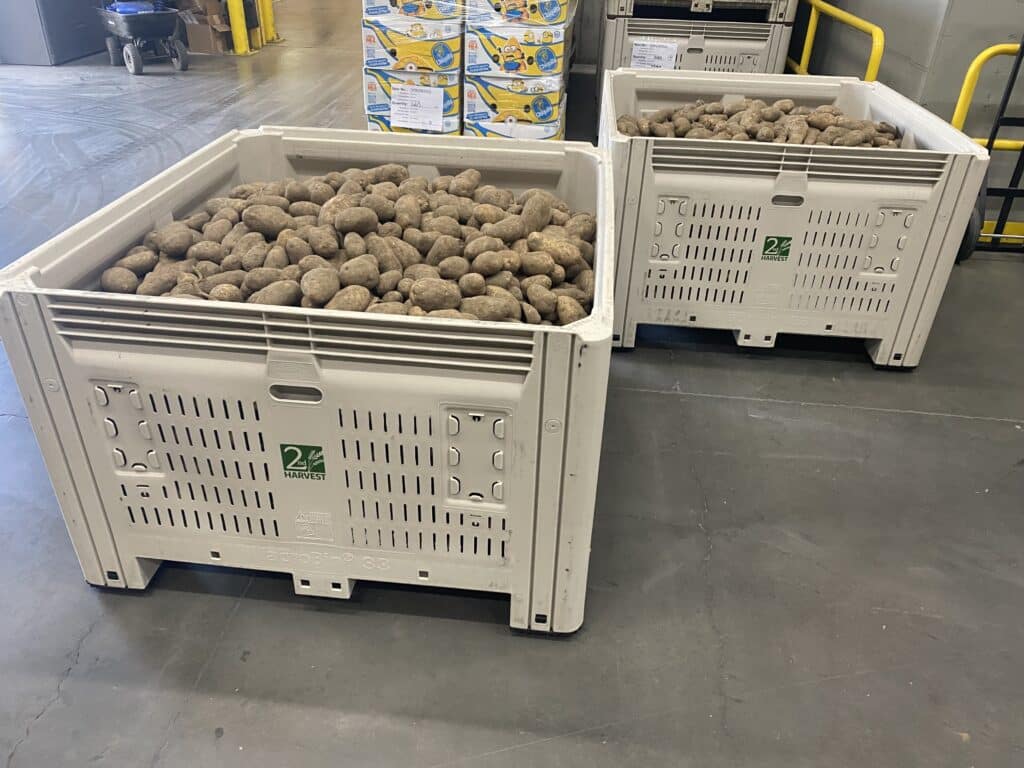Focus on Senior Nutrition – May 19
Author: Carolyn Negley, RD
May is Older Americans Month so let’s chat nutrition for ages 60 and up. Just like our eating habits fluctuate throughout our lifetime, our dietary needs also change. Here are some tips and tricks to make your golden years healthy ones.
1. As we age, our thirst cues may fade. Hydration is still important, though! Hydration helps keep our minds sharp and helps all body symptoms function properly. Stay hydrated by drinking water (of course), eating fruits and vegetables with high water content such as watermelon, celery, berries, and tomatoes, and enjoying low-sodium soups and broths. Building hydration into your routine can help. Try pairing a glass of water with a daily activity you enjoy like your morning crossword or setting water reminders on your phone.
2. Hunger pains may lessen as well! This is a natural part of the aging process and may also be affected by medications. To remember to eat and to make mealtime enjoyable, try finding ways to eat socially. Your community may have meal programs that would be a good fit for you, or you can arrange potlucks with your friends. Good food tastes GREAT when shared with friends.
3. Older adults are at risk for vitamin B12 deficiency due to decreased stomach acid production. B12 is essential for red blood cell formation, cell metabolism, nerve function, and more. While B12 is abundant in animal products, older adults may have a hard time absorbing the vitamin from natural sources. Supplements and foods fortified with B12, like cereals, may lead to better absorption of B12 in older adults. Always check with your doctor before trying new dietary supplements.
4. As life goes on, cooking may become more difficult or less enjoyable. If slicing fresh fruits and vegetables feels like a hassle, turn to canned and frozen options. Fruits and vegetables in any form are an important part of your diet. Look for low sodium and low sugar options when buying packaged foods.
5. No matter how old or young you are (or feel!), a balanced diet can help you reduce the risk of chronic disease. Try to eat from all five food groups—protein, grains, vegetables, fruit, and dairy—as often as possible.
Nutrition matters and following these tips may just put an extra little spring in your step!
Looking for some delicious inspiration? Visit The Kitchen at Second Harvest for upcoming cooking classes, free recipes and a seasonal produce guide.
CONTACT US
FOOD NEAR ME
DONATE
VOLUNTEER
facebookinstagramtwitterlinkedinyoutubetiktokFeeding Eastern Washington and North Idaho
Copyright 2020 Second Harvest. All rights reserved.





